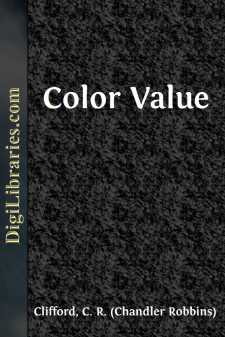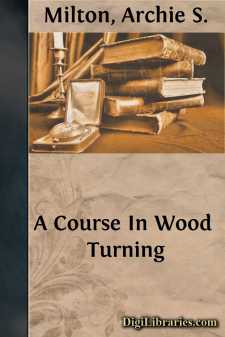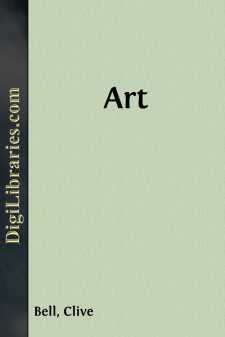Categories
- Antiques & Collectibles 13
- Architecture 36
- Art 48
- Bibles 22
- Biography & Autobiography 813
- Body, Mind & Spirit 141
- Business & Economics 28
- Children's Books 12
- Children's Fiction 9
- Computers 4
- Cooking 94
- Crafts & Hobbies 4
- Drama 346
- Education 46
- Family & Relationships 57
- Fiction 11826
- Games 19
- Gardening 17
- Health & Fitness 34
- History 1377
- House & Home 1
- Humor 147
- Juvenile Fiction 1873
- Juvenile Nonfiction 202
- Language Arts & Disciplines 88
- Law 16
- Literary Collections 686
- Literary Criticism 179
- Mathematics 13
- Medical 41
- Music 40
- Nature 179
- Non-Classifiable 1768
- Performing Arts 7
- Periodicals 1453
- Philosophy 64
- Photography 2
- Poetry 896
- Political Science 203
- Psychology 42
- Reference 154
- Religion 513
- Science 126
- Self-Help 83
- Social Science 81
- Sports & Recreation 34
- Study Aids 3
- Technology & Engineering 59
- Transportation 23
- Travel 463
- True Crime 29
Color Value
Categories:
Description:
Excerpt
Whatever is good in interior decoration is the result of consistent relationship between Light, Color, Form, Proportion and Dimensions. The choice of Color should be guided by the conditions of Light. The beauty of Form and the symmetry of Proportion can exist only by a balance with Dimensions.
Therefore, apart from any knowledge of historic or period decoration, effective or successful work must observe the technical laws governing conditions.
1. The white light of the sun is compounded of an almost innumerable number of color elements, as shown by the phenomena of the rainbow or by experimenting with the prism. (See
.) When a ray of sunshine passes through a glass prism it is decomposed or separated, and if the prismatic colorsare received upon a white screen you will find on the spectrum among the colors generated a pure blue, a pure red and a pure yellow. These are the primary colors, and it is necessary when thinking color to bear these prismatic colors in mind as standards.2. Color is an internal sensation originating in the excitation of the optic nerve by a wave action which we call light.
3. The theory of light, the wave theory, is based upon the assumption that throughout all space there is an infinitely thin medium called ether. Scientists differ as to what this may be, but its movements constitute light, a reflection from a luminous body.
4. Everything which we see is visible because it either emits light, like a flame, or reflects light.
5. A piece of black cloth upon a white plate reflects but a small proportion of the light. The plate reflects a large proportion. A piece of black velvet reflects less light than black cloth and gives the effect of absolute blackness, or an empty and dark space.
6. In practical demonstrations the study of color will be confusing unless it is understood at the outstart that pure prismatic colors can seldom be found in manufactured pigments, hence any demonstration of the theory of color composition is usually unsatisfactory.
7. The theory which brings out of a ray of sunshine the disunited prismatic colors carries with it the deduction that before separation these colors constitute white light; but it must be manifest to even the superficial reader that such colors are mere spectrum colors—vision colors—and any amalgamation of material or pigment colors, so far from producing white, produces almost black.
8. The theory that red and yellow make orange, and that a red and blue make violet, is correct; but if one attempts to demonstrate the theory with pigments, one is confronted not only by the lack of standard manufactured colors but by impurities, adulterations and chemical reaction in the pigments. The adulteration may not be perceptible in one primary color, but it is manifest when that color is brought into action with another primary, for it is seldom that a pure secondary results.
9. Color nomenclature includes primary, secondary and tertiary colors, and innumerable hues, shades and tints....












